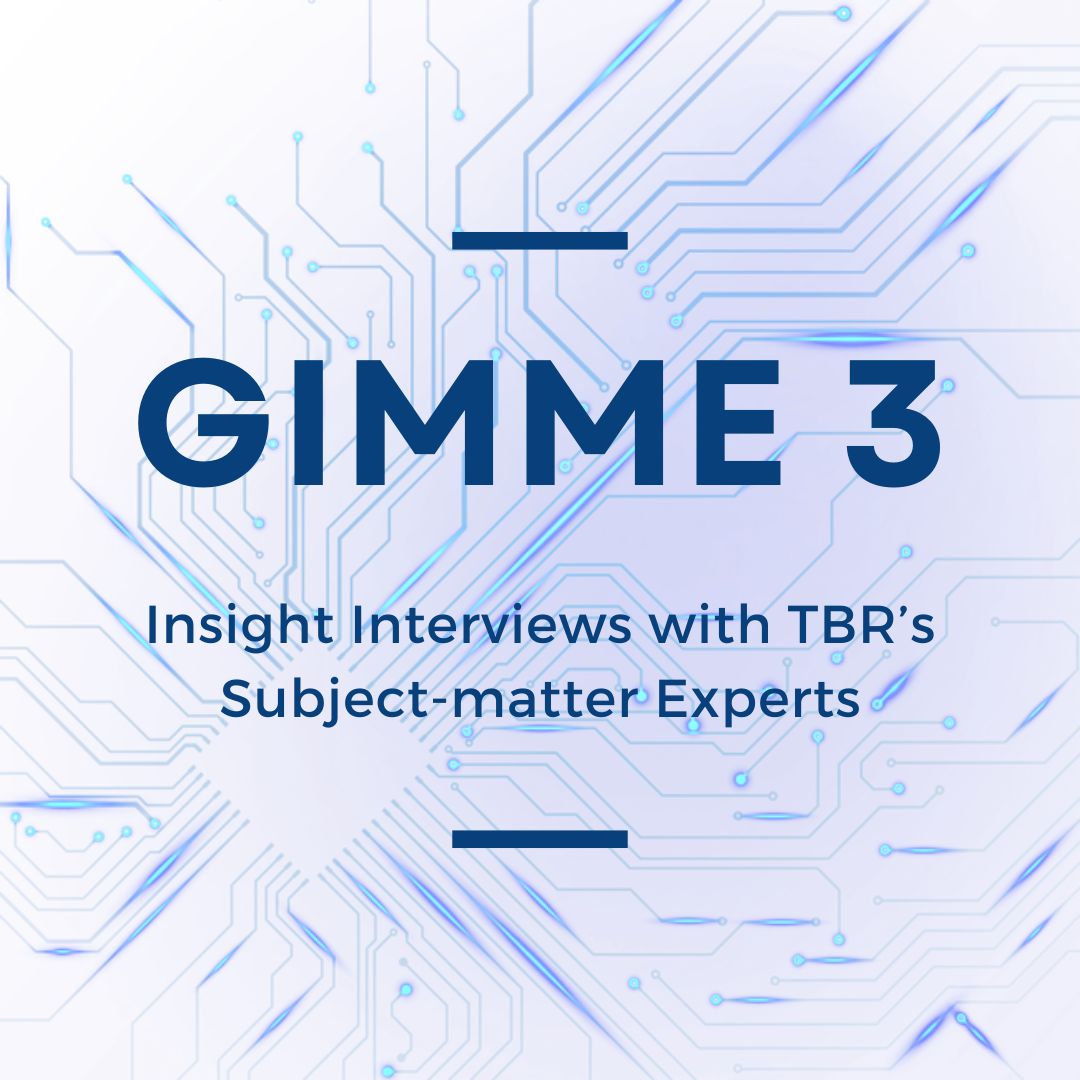Competitive intelligence (CI) and market intelligence (MI) modeling is the process of devising a quantitative model of competitive and/or market performance. Models are typically updated on a regular cadence (monthly, quarterly, semiannually or annually). CI/MI models are built to provide data-centric insight into relative competitive performance and/or market dynamics.
Competitive intelligence and market intelligence models can take many forms and serve many purposes, depending on who is building the model and what problems they are trying to solve. Market intelligence models are often built to help a company assess the current and forecasted addressable market size of areas in which it plays or hopes to play. These types of models are used to set strategic direction and make investment decisions. Competitive intelligence models are used to benchmark performance and strategy against peers, helping firms ensure competitiveness by identifying winning areas to emphasize and gaps to address.
Where do I start in modeling competitive and market intelligence?
How to Build Trust in Financial Model(ing)
A model is only as valuable as the validation, sourcing and trust that underly the numbers. In other parts of this series, we’ve talked about what a financial model is and how it can be used, but none of those things matter without trust in the data. At TBR, this fact plays into every step of working with clients on financial modeling engagements: upfront, during the modeling process, and in the final delivery of the models and our recommendations based on them. Here are some of the techniques we recommend for building trust in your financial models.
How To Illuminate Operational Insights And Increase Value From Your Business Model And Estimates
Models deliver value by giving the customer a greater understanding of a company’s competitive situation within the market. What works and what doesn’t? Where are the threats and opportunities? How is our company performing in specific areas in comparison to other companies. What should we learn from, and what should we avoid?
In this Gimme 3 — Insight Interviews with TBR’s Subject-matter Experts, TBR Principal Analyst Patrick M. Heffernan chats with fellow Principal Analyst Ezra Gottheil about TBR’s approach to modeling financial performance and other business metrics, including what value comes from modeling and advice
on doing modeling correctly.
How do I ensure the best models for my business goals?
The best competitive intelligence and market intelligence models are built by asking, “Why?” Aligning a model to a business goal requires a deep understanding because the whole purpose of the model is to help your company or team achieve that goal. If you understand the goal from both a big-picture and detailed view, you can start to frame out the steps to meet that goal. When you understand those steps, you can build a model to help traverse them most efficiently and effectively.
The thing is, businesses — and the goals that drive them — always change. And the best competitive intelligence and market intelligence models are always adapting to those broader changes. It is often best to start a modeling effort with a pilot or proof of concept, and then build it, grow it and change it over time. Add new competitors, segments, geographies and/or verticals as your business needs dictate to test the viability of the model, gather new data, and experiment with delivering and acting on the results.
The Top Metrics You Should Be Modeling In Competitive/Market Intelligence (CI/MI)
You might be saying, “Sure, I agree on the importance, and I understand we need to stay aligned to business needs. But there are a million business needs and a million priorities — where should I start? What metrics are most important to build models around?”
To that, we’d respond, “Woah, million-dollar question alert!” Or perhaps, more annoyingly, like the analysts and consultants that we are, “It depends.”
It’s true that importance and prioritization for modeling efforts vary by company and stakeholder. With the ever-increasing velocity of sales cycles and pace of technology change, the need of the day is more like the need of the minute, causing CI and MI programs to ebb and flow with each deal and each executive request.
Top 5 Questions To Ask When Creating Market And Competitive KIQs
Simply gathering data and details as they come doesn’t help you move from information to intelligence in market and competitor research. Market and competitive KIQs (key intelligence questions) should always guide your discussions, and developing and deploying these KIQs require creativity and precision, mixed with experience.
At TBR we speak with people across the technology space, from partners in the Big Four consulting firms to CIOs migrating their company’s workloads to cloud and everyone in between. Captured by over 20 years in the business, check out our top tips for creating market and competitive KIQs.
Ensuring Competitive & Market Intelligence Models Suit Your Needs
A competitive intelligence (CI) or market intelligence (MI) model is a quantitative model of competitive and/or market performance, typically updated on a regular cadence (monthly, quarterly, semiannually, or annually). CI/MI models are built to provide data-centric insight into relative competitive performance and/or market dynamics.
Models can be as broad or specific as a CI/MI practitioner requires. You might have a model that tracks overall top-line quarterly and annual revenue and margin performance of a set of competitors that is used for reporting to your executive team. You may also have a detailed revenue and market sizing model that breaks down competitor revenue and estimated market size by industry vertical, geography, business line, and intersection of each, which is used by local market teams for competitive benchmarking and to set sales territory targets and AE quotas.
Models can be based on public data or non-public data. Models may be rooted in hard facts from 10-Qs and 10-Ks or extrapolated and estimated based on aggregation of multiple sources such as secondary research, macroeconomic data, unit data, interviews, and surveys (just to name a few).
That’s the beauty of models – they can expand and contract in scope and sourcing to accommodate the need of the moment.
How TBR can help you in CI and MI modeling
Models are at the heart of what TBR does. Our business-centric, vendor-focused subscription research is built on a foundational database of more than 4 million modeled data points tracking vendor financial performance and market opportunity size, including as-reported data as well as adaptation to our standard and comparable global ICT taxonomy. We regularly build custom competitive intelligence and market intelligence models on behalf of our clients as well.
If you are looking for help building a competitive intelligence or market intelligence model in the following areas, ask us how we can help! We can offer assistance with the following aspects of CI/MI modeling:
- Competitor, channel and/or strategic alliance partner line-of-business, geographic, vertical segment, and/or customer segment revenue, cost and profitability models
- Competitor, channel and/or strategic alliance partner headcount models
- Competitor, channel and/or strategic alliance partner KPI models covering sales and operational metrics such as attach rates, penetration rates, renewal rates, upsell rates and order fulfillment metrics
- Total addressable market (TAM), serviceable addressable market (SAM) and serviceable obtainable market (SOM) market size and forecast models
TBR looks at our competitors in a way no one else does. We rely on them to net out what’s important and what we should care about to help us win bids. While their metrics provide great value, their insightful analysis and knowledge of these companies is what sets them apart.






